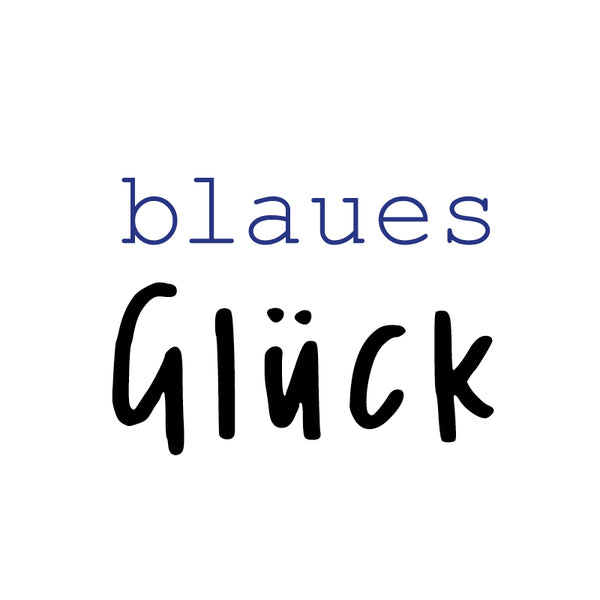About Cyanotype
Cyanotype, also called sun print, is a historic photo technique that creates prints with deep cyan-blue tones.

The technique has fascinating and surprising effects and is easy and particularly suitable for experimentation in a relaxed atmosphere. Photos and templates, small objects and beautiful things such as flowers, grass and much more can be exposed. It's about playing with light and shadow, the essential basics of photography.

In contrast to analogue b+w photography, cyanotype uses iron crystals instead of silver. The light-sensitive iron crystals are hardened by exposure to light, creating the signature Prussian blue color. The photo chemistry is non-toxic to humans. In high concentrations, it can be harmful to aquatic organisms and should therefore be disposed of at a hazardous waste collection point. The photo chemistry can be applied to paper and other materials. All you need to expose cyanotypes is sunlight or a UV lamp; to develop your images, just use water.

Cyanotype is the third oldest method of producing stable photographic images and was discovered in 1842 by the naturalist and astronomer Sir John Herschel. A cyanotype pioneer is the botanist Anna Atkins, who used the technique to create images of plants. She is credited with publishing the first photographically illustrated book, Photographs of British Algae: Cyanotype Impressions, in 1843.

Photo credit
© www.document-architecture.com
